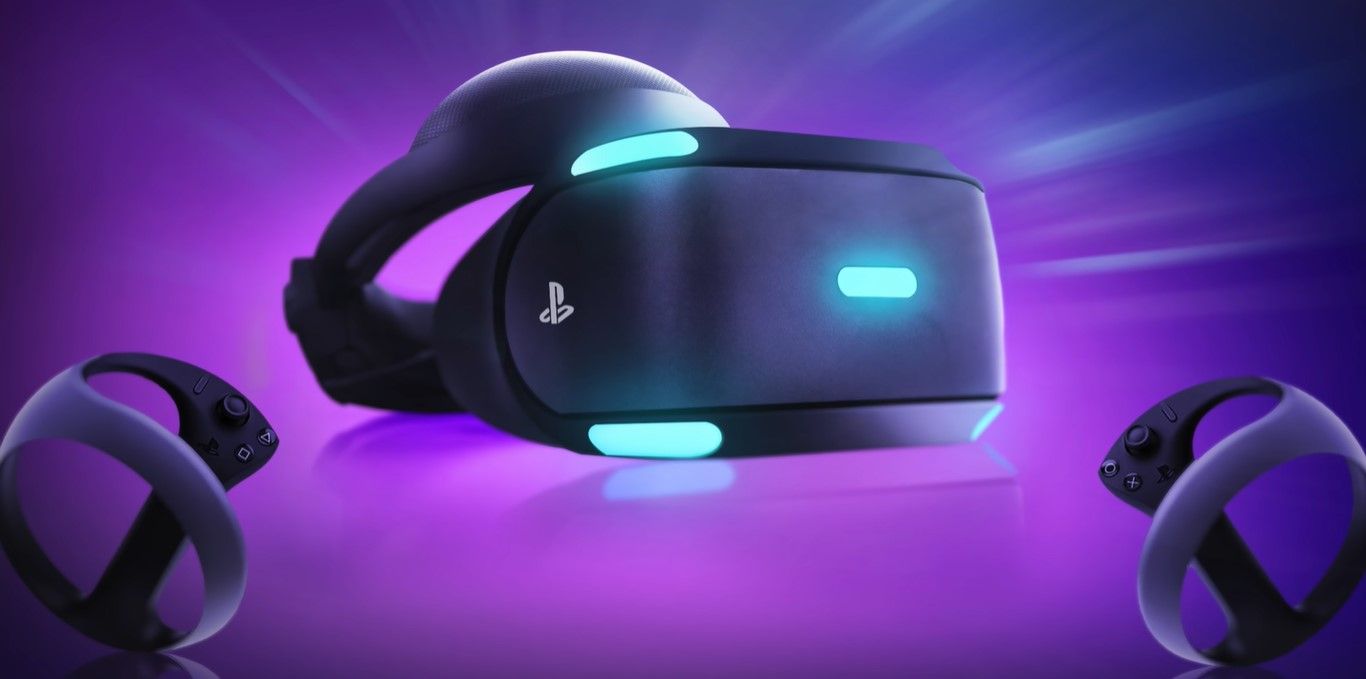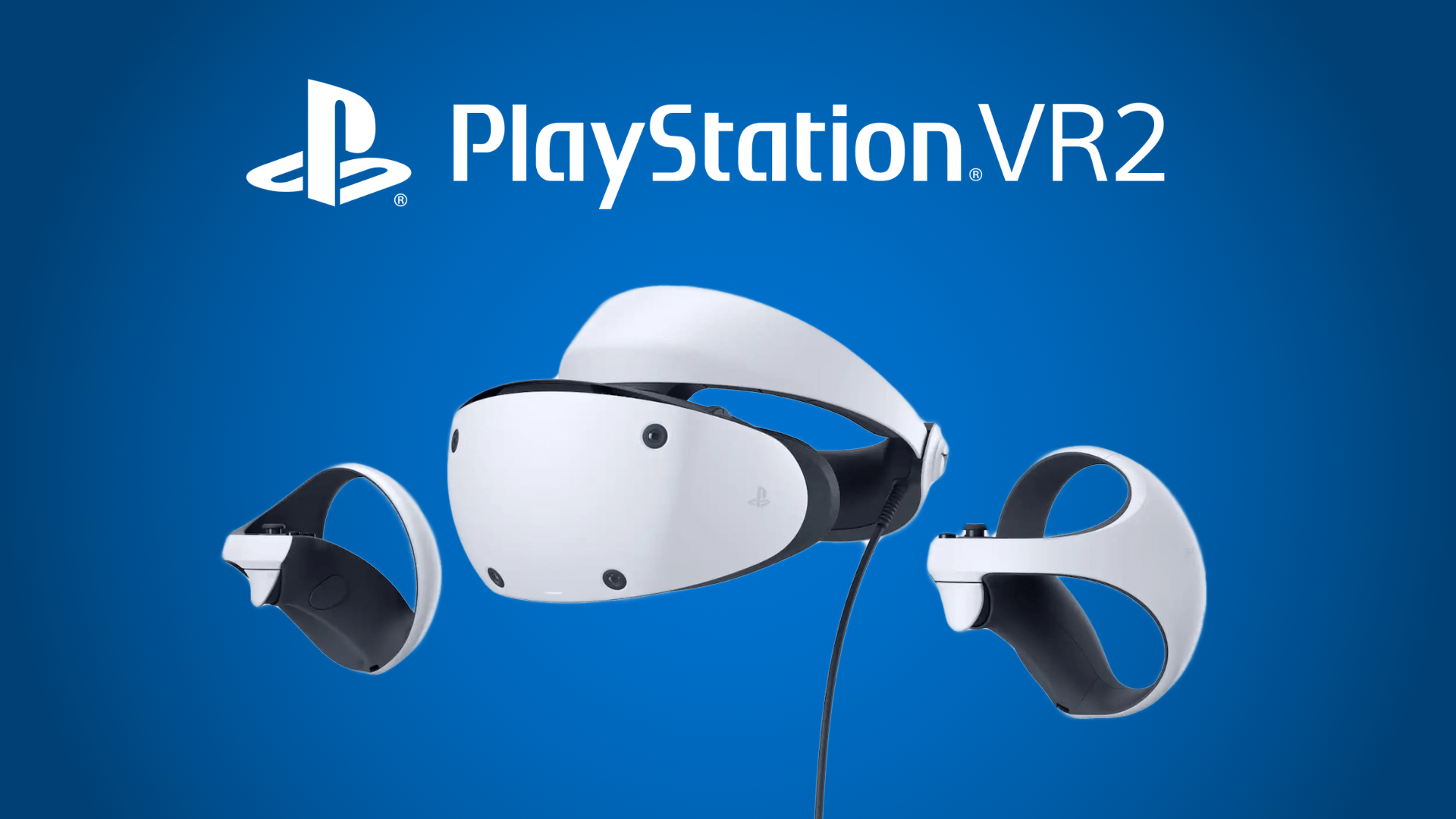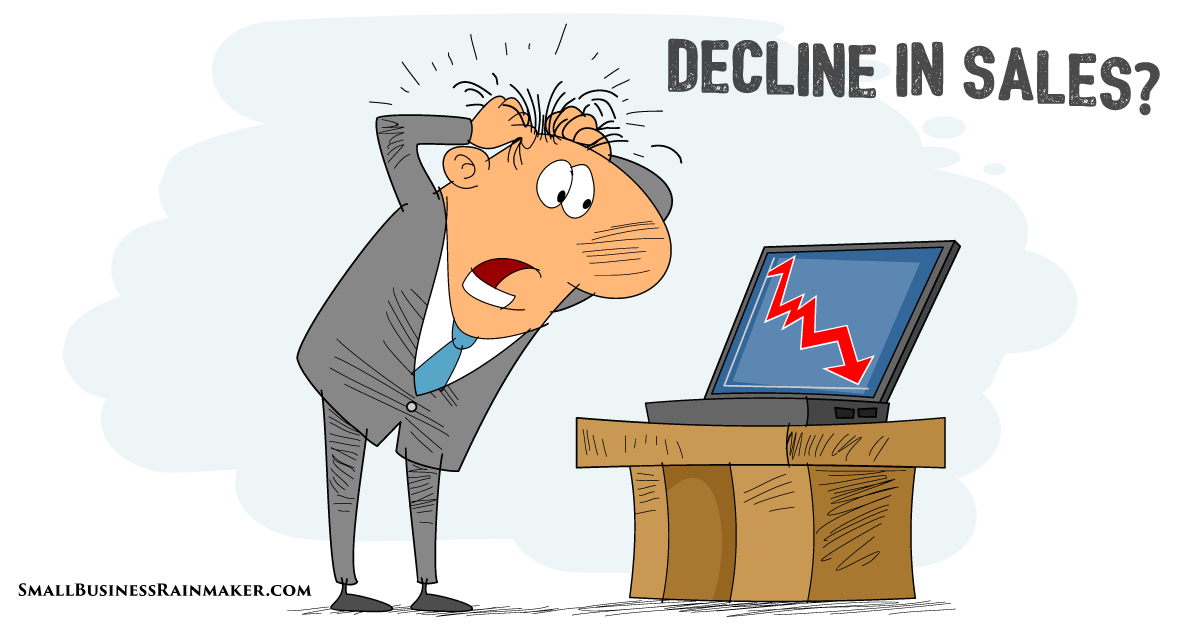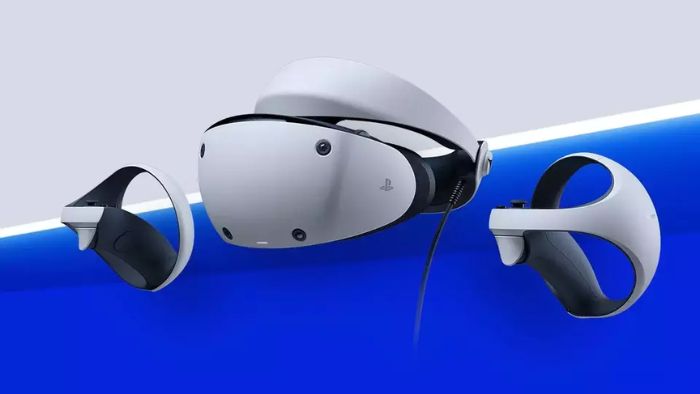Exploring Sony’s recent decision to suspend the production of PS VR2 has sent ripples through the gaming industry. This move raises questions about the challenges faced by Sony and the potential strategies they might adopt moving forward. The impact of this production suspension on the gaming industry at large is crucial to understand, as it could potentially reshape Sony’s position within the competitive market. Stay tuned to delve deeper into the repercussions of Sony PS VR2 production suspension on the gaming landscape.

Sony’s Suspension of PS VR2 Production
Sony’s recent decision to suspend PS VR2 production due to an overabundance of inventory sheds light on the challenges faced by tech giants in predicting consumer demand accurately. The link between halted production and unsold units indicates a mismatch between supply and consumer preferences.
This move not only impacts Sony’s immediate revenue but also raises questions about their future strategies in the competitive gaming industry. The surplus stock situation underscores the need for companies to continuously innovate and adapt to shifting market dynamics to maintain a prominent position in the ever-evolving gaming landscape.

Sony’s Gaming Legacy
Sony’s rich gaming legacy as a pioneer in the industry stems from its phenomenal success with products like the PS4, solidifying its position as a leading console manufacturer. This track record of delivering top-notch gaming experiences has shaped the expectations of gamers worldwide.
The anticipation surrounding the upcoming PS5 Pro release further underscores Sony’s commitment to innovation and continuous development in the gaming sector. This exemplifies the brand’s dedication to pushing boundaries and delivering cutting-edge technology to its loyal gaming community.
The temporary suspension of Sony PS VR2 production signals a strategic decision that undoubtedly impacts both the gaming industry and Sony’s standing within it. This move prompts reflection on the challenges faced by the company and opens up discussions on potential future strategies to navigate the evolving landscape of gaming technology.

Challenges Faced by Sony in the Gaming Industry
The suspension of Sony PS VR2 production raises alarms about challenges within Sony’s gaming sector. The decision indicates potential setbacks or hurdles faced by Sony, possibly related to market dynamics, technological advancements, or strategic directions. Understanding these challenges is crucial for Sony to navigate the competitive gaming landscape effectively.
Issues surrounding the second-generation PS VR2 may have contributed to Sony’s decision to halt production. The complexities in hardware development, production costs, consumer demand, or competition could have posed significant obstacles. Addressing these specific challenges is vital for Sony to enhance product quality, meet customer expectations, and stay relevant in the fast-evolving gaming industry.

Market Impact of Unsold Inventory
-
Sony’s decision to halt PS VR2 production signifies a critical market challenge. The surplus unsold units indicate a gap between supply and demand, prompting reevaluation of Sony’s product strategy.
-
The temporary production suspension due to excess inventory raises concerns about market saturation and consumer interest in VR technology. Sony’s inventory management strategies and product positioning will be crucial in navigating this challenge effectively.
Sony’s Involvement in VR Technology
In 2016, Sony made waves in the gaming industry by introducing virtual reality through its VR headset, initially designed as a unique accessory for the PS4. This move marked Sony’s early foray into cutting-edge technology, setting the stage for future innovations in the VR realm.
With the recent buzz surrounding VR technology amplified by Apple’s Vision Pro debut, Sony’s decision to halt PS VR2 production raises questions about the company’s strategies in this competitive landscape. The suspension has significant implications for Sony’s position in the VR market, prompting a closer examination of their next moves.

Sales Performance and Decline of PS VR2
Sony’s PS VR2 initially enjoyed considerable success, capturing the attention of both gamers and tech enthusiasts. However, the product encountered a notable decline in sales over time, signaling challenges in maintaining consumer interest and market relevance. This decline ultimately prompted Sony to make the difficult decision to halt production, reflecting the need to reevaluate the VR headset’s positioning and appeal in the gaming industry.
The suspension of PS VR2 production by Sony not only highlights the challenges faced by virtual reality products but also underscores the demanding nature of the gaming market. With rapidly evolving technologies and changing consumer preferences, sustaining sales momentum for niche products like VR headsets presents formidable hurdles. Sony’s decision to address declining sales by pausing production demonstrates the company’s strategic approach to adapt to market dynamics and consumer demands.

Future Outlook for PS VR2 and Market Potential
While the production pause may have raised concerns, Sony’s reassurance that it doesn’t signify the end of PS VR2 hints at a strategic pivot rather than a permanent halt. This move suggests a commitment to reevaluating current strategies and emerging stronger by addressing challenges in the VR market.
Sony’s potential adjusted production strategy, post clearing existing inventory, holds promise for a more refined and targeted approach to meet market demands. By leveraging consumer insights gained during this period, Sony could potentially align production more closely with evolving trends and player preferences, ensuring a more efficient and profitable future for PS VR2.
The impact on VR game sales projections for Sony and other developers remains a critical aspect to monitor. With the temporary halt in production, adjustments to sales forecasts may be necessary. However, this could also present an opportunity for developers to refine their offerings and innovate to appeal to a potentially more discerning market post-resumption, driving growth and competition within the VR gaming landscape.
Potential Strategies for Sales Boost
Considering Sony’s decision to halt PS VR2 production, implementing a strategic price reduction could potentially drive sales. By offering discounts on the PS VR2 headset, Sony can enhance its appeal to a wider audience, enticing more gamers to invest in VR technology. This move could not only boost immediate sales but also create a ripple effect, stimulating the development of more VR titles, thus enriching the gaming ecosystem.
In light of the suspension of PS VR2 production, discounted pricing emerges as a potent strategy to increase the market penetration of Sony’s VR headset. Lower prices not only attract budget-conscious consumers but also pave the way for broader adoption of VR technology. By making the PS VR2 more accessible through price reductions, Sony can position itself favorably in the competitive gaming landscape, potentially solidifying its market share.
